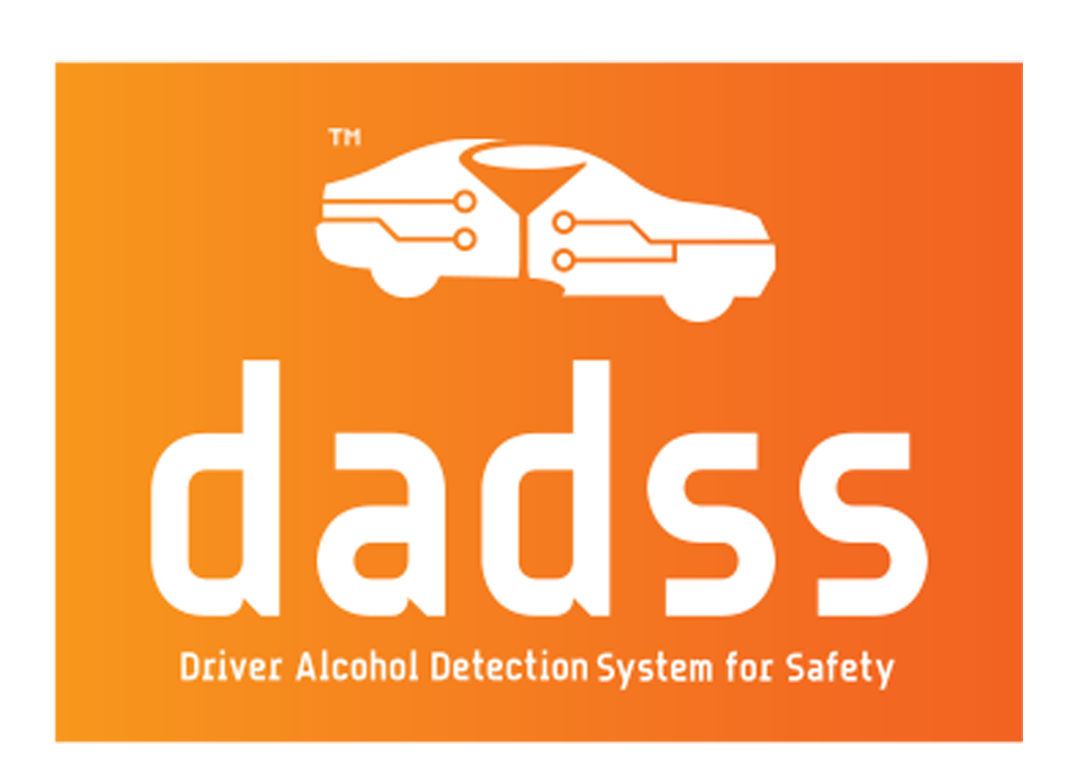As part of the Transport Accident Commissions’ (TAC) commitment to reducing harm from drink driving, the TAC has partnered with the Driver Alcohol Detection System for Safety (DADSS) Research Program to raise awareness of emerging safety technology that has the potential to reduce injuries and save lives.

The DADSS Research Program is a public–private partnership between the Automotive Coalition for Traffic Safety (ACTS) and the National Highway Traffic Safety Administration (NHTSA). You can find out more about the DADSS Research Program on their website.
For over ten years, the Program’s team of independent engineers and scientists has overseen the research and testing of Passive Alcohol Sensor (PAS) technology. With further testing under real–world operating conditions, the tech will be made available as a consumer option in the future.
To understand the opportunity of the PAS system in preventing road trauma, the TAC and DADSS Research Program are proud to present this PAS technology to the Victorian public through the launch of the PAS Demo Vehicle. The PAS Demo vehicle includes four prototype sensors located throughout the cabin above the steering wheel, glovebox, and the driver-side door and the passenger-side door. A large, removable monitor, for the purposes of demonstration only, displays the sensor readings in real-time. Ultimately, it will be possible for the small, cost-effective, single PAS sensor to be installed as part of standard vehicle build. This is accomplished by measuring carbon dioxide which is used to determine the degree of breath sample dilution. Multiple sensors are used in the demo vehicle (1) for demo purposes and (2) because we are using multiple locations currently to identify the optimal location for the sensor.
What is Passive Alcohol Sensor technology?
The Passive Alcohol Sensor (PAS) is novel technology being developed by the DADSS Research Program to unobtrusively analyse alcohol in the driver’s breath. Drivers will simply be able to enter the vehicle and breathe as they normally would.
PAS is a more sophisticated technology than anything in use today and differs from existing ignition interlocks and breathalysers in four important ways.
- First, there are no large pieces of hardware or equipment in the vehicle cabin, making the system seamless and tamperproof.
- Second, instead of a forced, deep lung sample from the driver, the system is being designed to take accurate, unobtrusive readings in less than a second while the driver breaths normally.
- Third, the system will meet rigorous performance standards related to speed, accuracy, precision and reliability that are higher than any other alcohol detection technology available today.
- Finally, the technology is contactless, the driver does not need to handle or touch the sensor or breathe into a plastic tube making it more hygienic and avoiding significant plastic waste created with the frequent replacement of plastic tubing.
The system draws the driver’s exhaled breath into a sensor, which measures the concentrations of alcohol and carbon dioxide present. The known quantity of carbon dioxide in human breath serves as an indicator of the degree of dilution of the alcohol concentration in exhaled air. Molecules of alcohol and those of tracers such as carbon dioxide absorb infrared light at specific wavelengths. Infrared light beams sample the breath and analyse the wavelengths to quickly and accurately calculate the alcohol concentration.
The device is highly sensitive and able to analyse diluted breath samples from the driver’s natural breath.
How does the PAS system work?
The system draws the driver’s exhaled breath into a sensor, which measures the concentrations of alcohol and carbon dioxide present. The known quantity of carbon dioxide in human breath serves as an indicator of the degree of dilution of the alcohol concentration in exhaled air. Molecules of alcohol and those of tracers such as carbon dioxide absorb infrared light at specific wavelengths. Infrared light beams sample the breath and analyse the wavelengths to quickly and accurately calculate the alcohol concentration.
The device is highly sensitive and able to analyse diluted breath samples from the driver’s natural breath.
How do we know it works?
To test the prototype under development, the DADSS Research Program has developed a wet gas breath simulator. The simulator blends gases such as carbon dioxide, nitrogen and oxygen with moisture to create an “exhaled breath” that matches the composition, temperature and pressure of a natural human breath.
Ethanol can then be added to the breath at various concentrations and tested under different lab conditions to confirm that the sensor is accurate and precise.
The PAS prototype continues to run through a series of human subject tests, as well as durability tests in different environmental situations, from temperature shifts, to sudden changes in motion, to interference such as dust or mechanical shock, prior to conducting behavioural trials.
Could this be installed in any vehicle?
In order to retrofit the PAS System into a Demo Vehicle, extensive modeling and custom engineering solutions are currently required. In the future, the PAS System would be installed in consumers' vehicles at the time of mass production or as an after-market accessory option.
Where can I see the PAS Demo Vehicle in action?
The PAS Demo Vehicle is expected to appear at select public and private locations in 2022.
If you would like to know more about the PAS Demo Vehicle and where it will be appearing please contact info@tac.vic.gov.au and put PAS Vehicle in the subject line.



